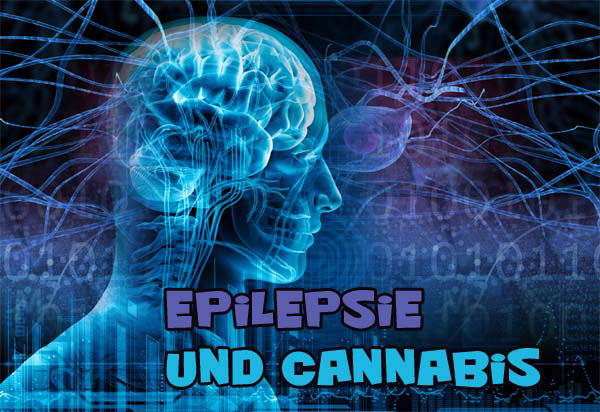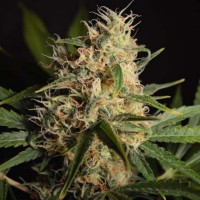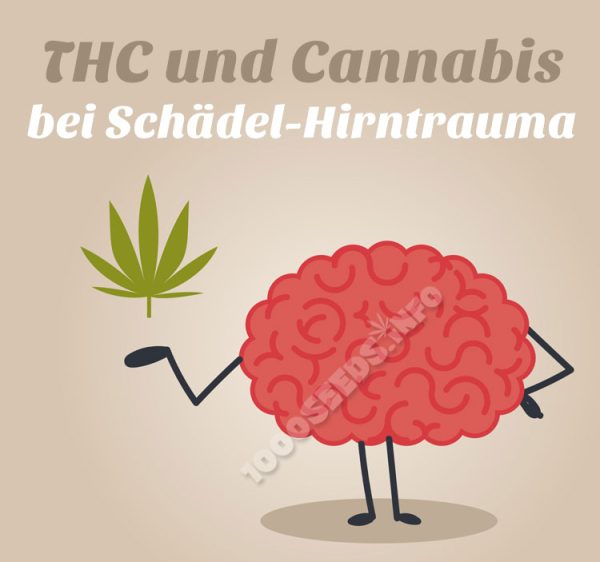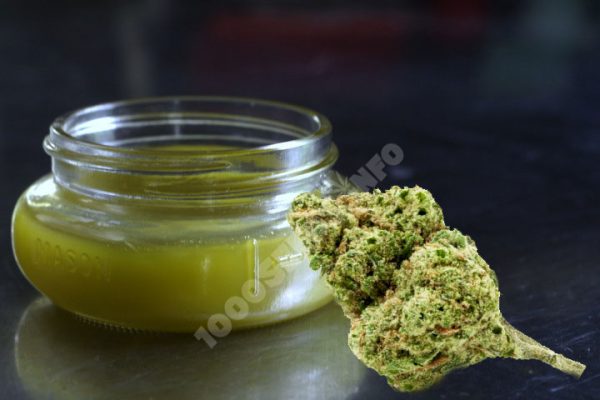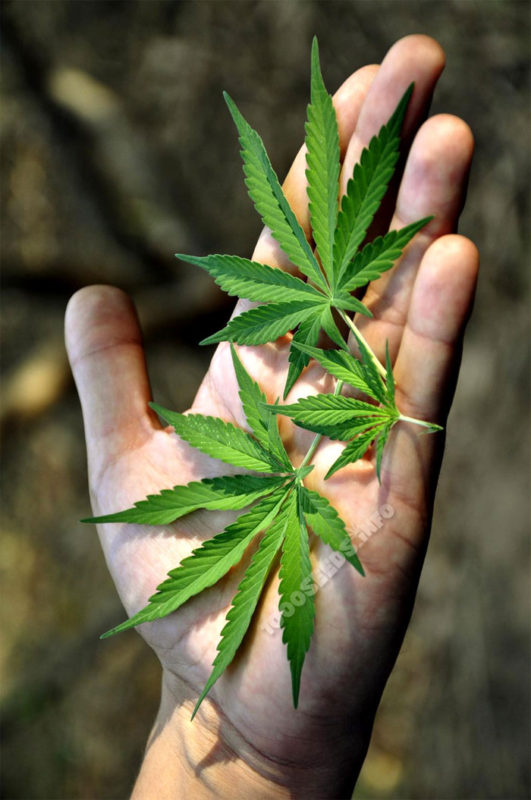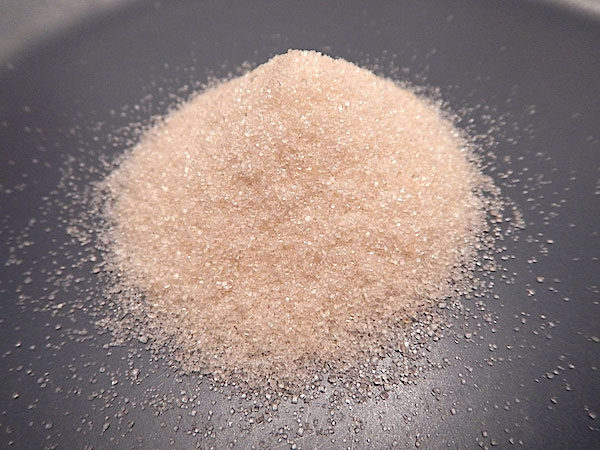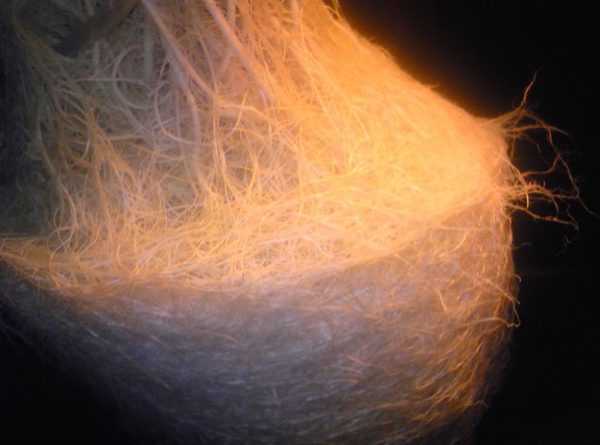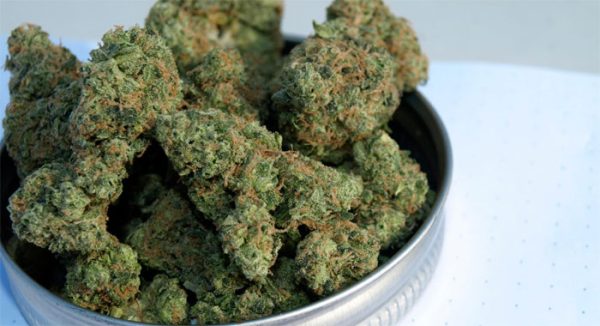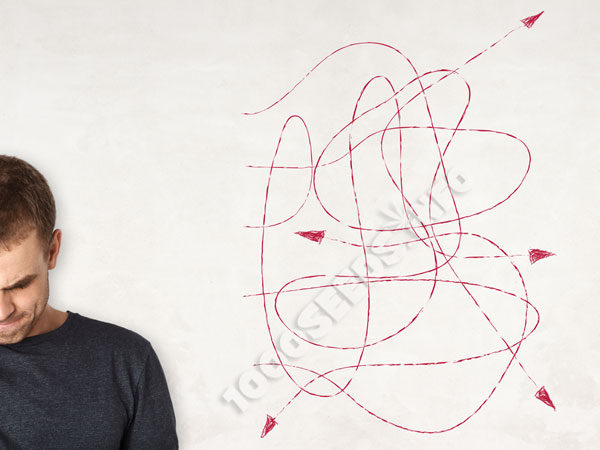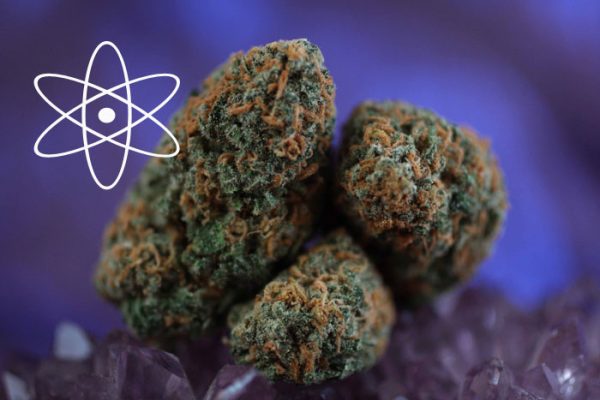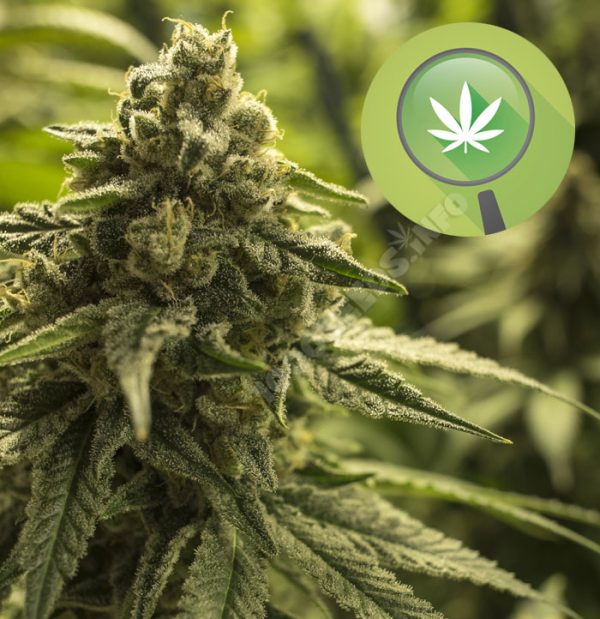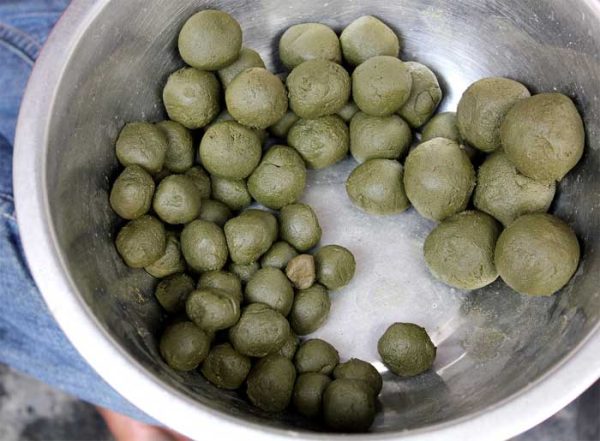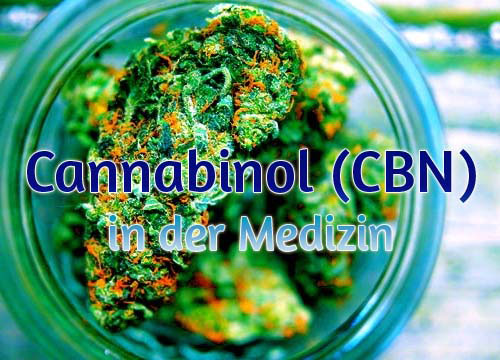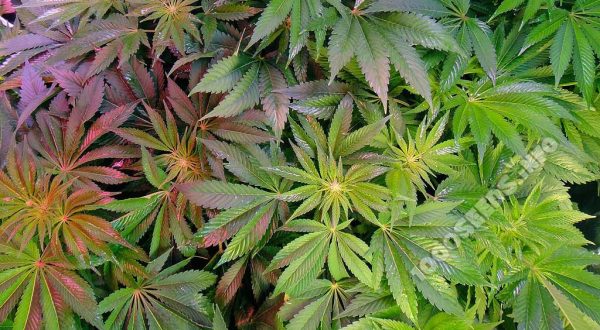Already the Chinese used cannabinoids for the treatment of diseases, since the Middle Ages cannabis is also used as a remedy for epilepsy. And even today, patients often treat themselves with great success, or receive this prescribed by their doctor in countries where medical marijuana is approved. Nevertheless, research is still in its infancy and there is still no double-blind study with a large number of patients for the treatment of epilepsy with cannabis or cannabinoids.
However, there are a small number of studies that prove its effectiveness. For example, epidemiological studies have shown that the use of cannabinoids reduces the risk of epileptic seizures occurring.
A randomized double-blind study conducted in 1980 with only a small number of participants showed a good anticonvulsant effect of cannabis. In addition, an acute antiepileptic effect has been demonstrated several times in animal models.
Cannabinoids also have a neuroprotective effect against various noxious agents, according to the University Medical Center Freiburg, and it is likely that the brain is also protected against the excessive release of glutatmat during epileptic seizures.
Following recent media reports of successful cannabis therapies in children, a series of articles recently published in Epilepsia focused on the use of cannabis in the treatment of severe forms of epilepsy.
The first article describes the case study of a mother who treated her child suffering from Dravet syndrome (a severe form of epilepsy) with cannabis. As a result, the number of epileptic seizures decreased from about 50 seizures per day to 2-3 seizures per month. Marijuana of the strain "Charlotte's Web" was used. This strain was bred in the USA especially for seizure patients and contains a lot of CBD (cannabidiol) and only little THC (tetrahydrocannabinol). The family of the girl with the disease lives in Colorado, a US state that has legalized cannabis.
Commenting on the article, Prof. Orrin Devinsky, director of the Epilepsy Center at the University of New York, calls for better research into medical cannabis and its release pending further evidence, as treatment-resistant patients should not be deprived of any forms of therapy. Thus, in his capacity as a physician, he would be happy to prescribe marijuana and individual components to many of his patients for whom existing therapies have failed if it were legal in his state. "Attempting therapy with marijuana or related compounds should be conducted like any other experimental form of treatment - a joint decision between patient/parent and physician, weighing the severity of the condition, risks and benefits of treatment, and the existence of existing alternative treatments, all on the premise of "do no harm." Until we have research data, we should make medical marijuana available to physicians treating people with resistant epilepsy."
Other recent studies, based on patient surveys, found that cannabis high in CBD and THC can be used effectively to control seizures. For example, Dr. Maria Roberta Cilio, director of the Pediatric Epilepsy Research Unit at UCSF Benioff University Hospital in San Francisco, also states in her article that there is "an urgent need for new therapies," especially for childhood-onset, treatment-resistant forms of epilepsy that affect quality of life and contribute to learning and behavioral disorders. Consistent investigation of the safety and efficacy of medical cannabis and individual components such as CBD are needed for patients with epilepsy."
As more and more successful treatments for treatment-resistant forms of epilepsy are documented in states where it is permitted, many leading scientists and physicians are now calling for the release of cannabis for those affected. Further research is needed to determine exactly which constituents are effective and in what concentrations administration is most effective. Currently, cannabis strains and concentrates that contain a lot of CBD are the most commonly used. How high the THC content should be seems to be perceived differently by affected individuals.
Strains currently used in the treatment of epilepsy:
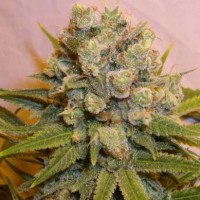 MediX (Cannamed)
MediX (Cannamed)
- 15% THC
- 15% CBD
- analgesic, relaxant, antispasmodic
- invigorating, mood-lifting
- 8-9 weeks flowering time
- 550g/m²
 ComPassion (Dutch Passion)
ComPassion (Dutch Passion)
- 6% THC
- 6% CBD
- analgesic and anti-inflammatory
- No psychedelic effects
- especially for consumption during the day
- 8-9 weeks flowering
- 450 g/m²
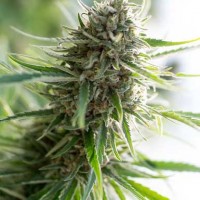 Critical Mass CBD (Dinafem)
Critical Mass CBD (Dinafem)
- 6% THC
- 6% CBD
- analgesic and anti-inflammatory
- especially for use during the day
- 80% Indica / 20% Sativa
- 55 days flowering / beginning of October
- 600 g/m²
CBD Queen (Cannamed)
- 9% THC
- 11% CBD
- analgesic and anti-inflammatory, antispasmodic
- No psychedelic effects
- Specially developed for use during the day
- 650 g/m²
- 9 weeks flowering time / beginning of October
The case for medical marijuana in epilepsy, Edward Maa, et al, Epilepsia, doi: 10.1111/epi.12610, published online May 22, 2014.
http://www.uniklinik-freiburg.de/epilepsie/ueber-epilepsie/cannabis-und-epilepsien.html
[fblike style="standard" showfaces="false" width="450″ verb="like" font="arial"] [fbshare type="button"]
<<mehr zum Thema Cannabis als Medizin>>
Medical disclaimer
The information on this website is for general information purposes only and is not to be equated with medical or legal advice. We do not wish to encourage anyone to consume or use drugs illegally. Please consult your doctor/health care provider before using any products/methods referenced or linked to on this website.






